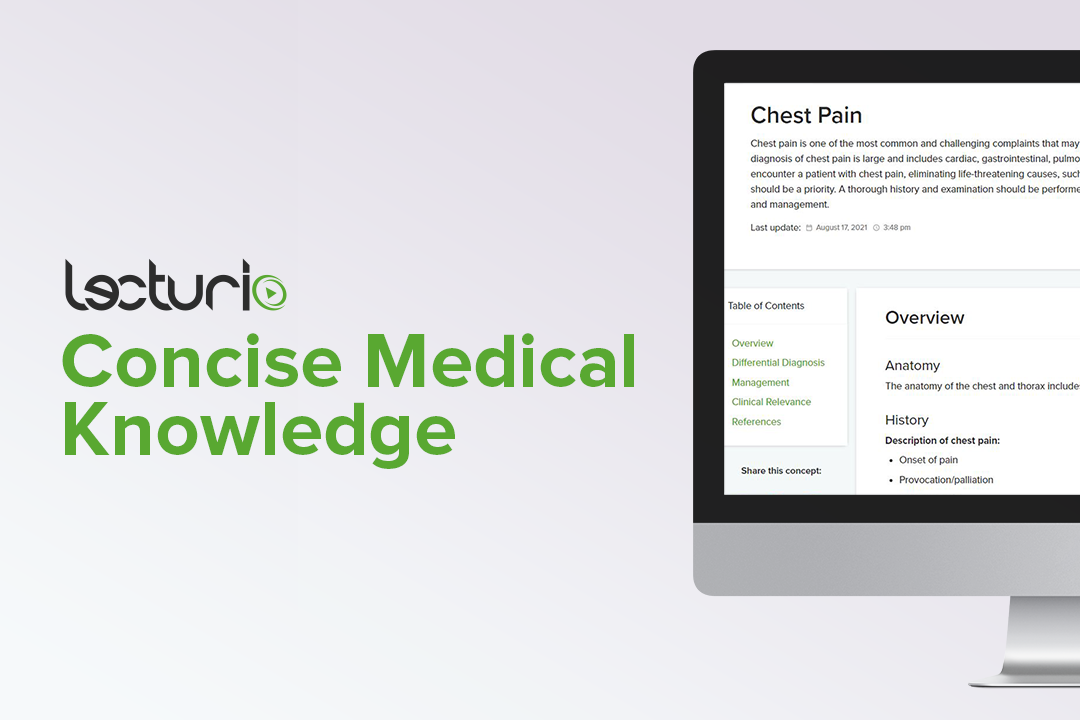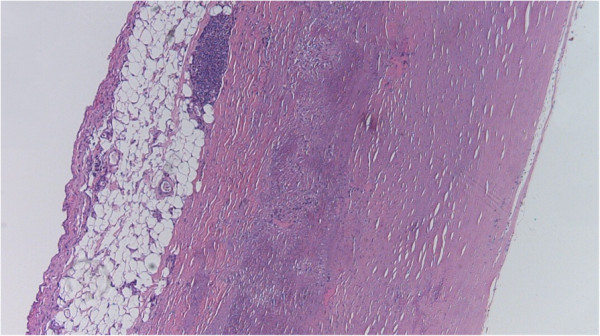Playlist
Show Playlist
Hide Playlist
Atherosclerotic Cardiovascular Disease: Diagnosis
-
Slides AtheroscleroticCardiovascularDisease ChronicCare.pdf
-
Download Lecture Overview
00:01 Suspicious chest pain in the outpatient setting, our clinic used to do two 911 calls per day because we were identified as a small hospital. 00:09 We’re a pretty big facility, so patients would come in with acute chest pain on a regular basis. 00:14 So, I got very used to doing this routine, calling 911 – activating 911 system first, then giving the patient a baby aspirin, initiating oxygen via facemask the oxygen saturation is less than 94%. and then initiating an IV placement just in case the patient did worse. 00:34 But the vast majority of those patients who are transferred actually ended up not having acute ischemic events. 00:41 That’s the good news. 00:43 There's a few different modalities for patients with more stable disease when you don't have to call 911 for assessing their risk for cardiovascular disease. 00:54 So, the classic is a treadmill test, but there's also stress nuclear imaging and stress echocardiogram available. 01:00 And we’ll talk about all of these modalities, starting with the treadmill test. 01:04 Now, for that classic patient, maybe like the gentleman in our case, 54 years old with cardiovascular risk factors and symptoms very typical of angina, he has a high pre-test probability for having cardiovascular disease, and, therefore, this test, the treadmill stress test, is really best for him. 01:24 Also, he is 54 and he can probably exercise because you're going to want to be able to walk up a couple – have the exercise capacity to at least walk up a couple of flights of stairs and/or jog briskly at least for a few minutes in order to complete the treadmill protocol. 01:42 The nice thing about treadmill testing, it's fairly cheap and it also gives you information on exercise capacity. 01:48 Some people really can't do it, and so maybe it's not that they're having angina, it’s just that they’re really debilitated in terms of their ability to exercise, and so that would be a very different remedy. 01:57 You’re going to start recommending them to get an exercise program as opposed to being seen by a cardiologist and possibly having a procedure on your heart. 02:06 However, the drawbacks of the stress treadmill, it's clearly not as sensitive in diagnosing cardiovascular disease among women as well as patients with pretty common changes on their electrocardiogram, such as left ventricular hypertrophy, such as left bundle branch block. 02:23 They shouldn't be referred, particularly the patients with a bundle branch block should not be referred to treadmill stress testing. 02:29 They need stress testing with cardiac imaging – period. 02:33 And so, let’s talk about those modalities. 02:35 You can see pictures there associated. 02:38 That's nuclear imaging on a stress test. 02:43 The nice thing about these modalities, they are improved in terms of their sensitivity overall, but particularly for women, particularly for those patients with changes on electrocardiogram. 02:54 Which to choose? Nuclear study, echocardiogram. 02:58 They work – in terms of their ability to discriminate cardiovascular disease, they’re about the same, so that's not a great reason to choose one or the other. 03:07 A lot of it comes down to local resources. 03:09 What do you have available? What can be done most promptly for your patient? You don't want to wait on these tests a long time. 03:15 The nice thing about the stress echocardiogram, it can also tell you about valvular function. 03:19 It can estimate the patient's ejection fraction. 03:22 So, particularly, if there's a question of, well, heart failure could play a role here and they also have a very slight murmur, electrocardiogram would be what I would choose. 03:32 For very obese patients, an echocardiogram uses ultrasound technology and that can be limited if there's a lot of chest wall thickness due to obesity. 03:43 Nuclear study would be a better option for those patients.
About the Lecture
The lecture Atherosclerotic Cardiovascular Disease: Diagnosis by Charles Vega, MD is from the course Chronic Care.
Included Quiz Questions
What is the first step in managing acute coronary syndrome in the outpatient setting?
- Call 911
- Intravenous access
- Oxygen
- Aspirin
- Chest compression
Which of the following patients is the best candidate for stress treadmill evaluation?
- A 54-year-old construction worker with stable angina and a normal electrocardiogram
- A morbidly obese 48-year-old woman with atypical chest pain
- A 45-year-old patient with a left bundle branch block on electrocardiogram
- A 76-year-old man who is unable to walk without assistance
- A wheelchair-bound 57-year-old woman experiencing shortness of breath and chest pain
Which of the following tests is NOT appropriate for a patient who has chest pain and significant baseline electrocardiogram abnormalities?
- Exercise electrocardiography
- Exercise echocardiography
- Pharmacological nuclear stress test
- Pharmacological echocardiography stress test
- All options are appropriate investigations.
Customer reviews
5,0 of 5 stars
| 5 Stars |
|
5 |
| 4 Stars |
|
0 |
| 3 Stars |
|
0 |
| 2 Stars |
|
0 |
| 1 Star |
|
0 |






